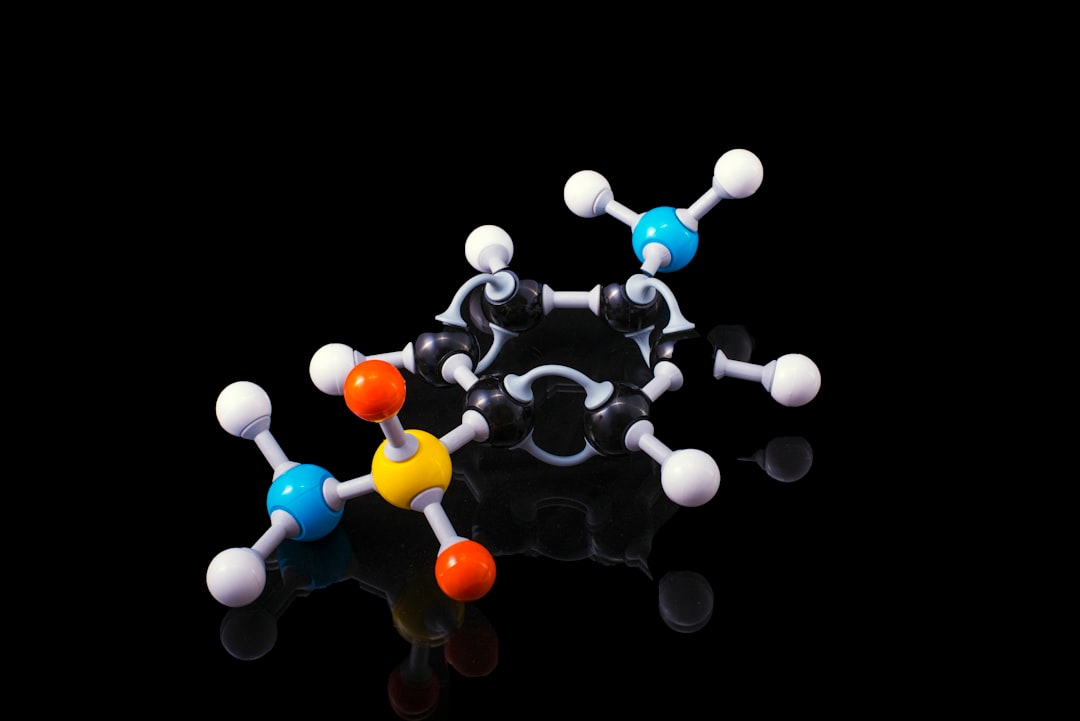What is it about?
Recent genome sequencing efforts have led to the rapid accumulation of uncharacterized or “orphaned” secondary metabolic biosynthesis gene clusters (BGCs) in public databases. This increase in DNA-sequenced big data has given rise to significant challenges in the applied field of natural product genome mining, including (i) how to prioritize the characterization of orphan BGCs and (ii) how to rapidly connect genes to biosynthesized small molecules. Here, we show that by correlating putative antibiotic resistance genes that encode target-modified proteins with orphan BGCs, we predict the biological function of pathway specific small molecules before they have been revealed in a process we call target-directed genome mining. By querying the pan-genome of 86 Salinispora bacterial genomes for duplicated house-keeping genes colocalized with natural product BGCs, we prioritized an orphan polyketide synthase-nonribosomal peptide synthetase hybrid BGC (tlm) with a putative fatty acid synthase resistance gene. We employed a new synthetic double-stranded DNA-mediated cloning strategy based on transformation-associated recombination to efficiently capture tlm and the related ttm BGCs directly from genomic DNA and to heterologously express them in Streptomyces hosts. We show the production of a group of unusual thiotetronic acid natural products, including the well-known fatty acid synthase inhibitor thiolactomycin that was first described over 30 years ago, yet never at the genetic level in regards to biosynthesis and autoresistance. This finding not only validates the target-directed genome mining strategy for the discovery of antibiotic producing gene clusters without a priori knowledge of the molecule synthesized but also paves the way for the investigation of novel enzymology involved in thiotetronic acid natural product biosynthesis.
Featured Image
Read the Original
This page is a summary of: Identification of Thiotetronic Acid Antibiotic Biosynthetic Pathways by Target-directed Genome Mining, ACS Chemical Biology, December 2015, American Chemical Society (ACS),
DOI: 10.1021/acschembio.5b00658.
You can read the full text:
Contributors
The following have contributed to this page










